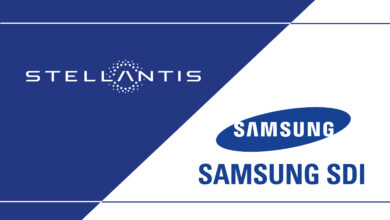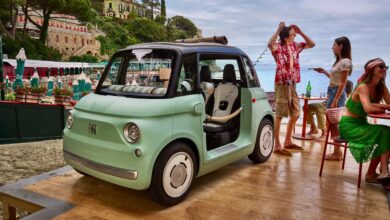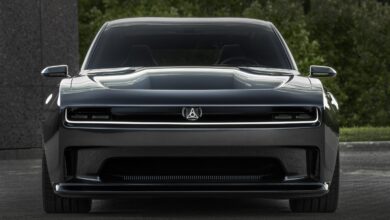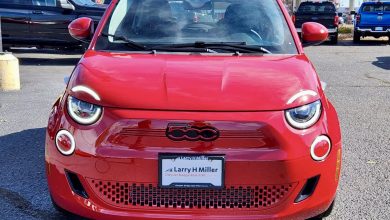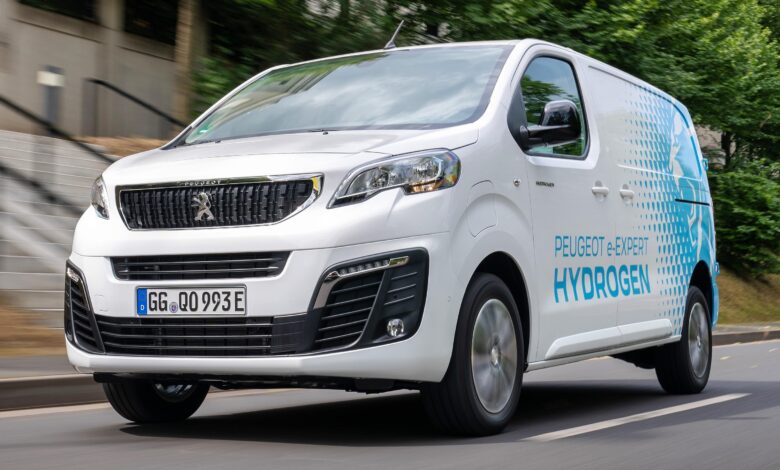
With its requirement to drastically reduce local emissions from its vehicles, the Peugeot brand has become one of the very first manufacturers to offer an electric van powered by a hydrogen fuel cell with the introduction Peugeot e-Expert Hydrogen. With this new model equipped with the most advanced electrification technologies, Peugeot is continuing to expand its range of emission-free mobility offerings.
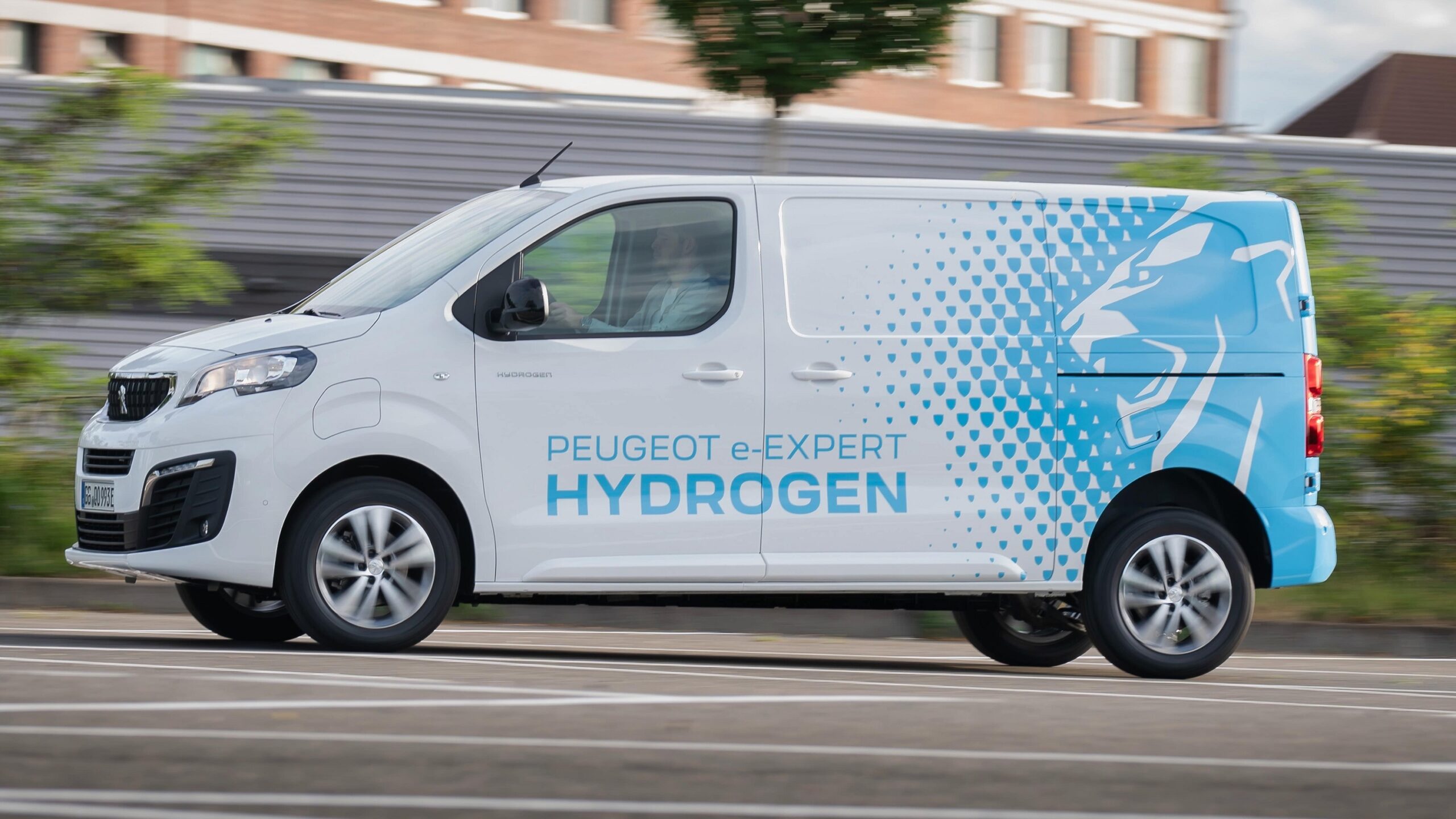
The fuel cell ensures rapid recharging, which opens up the possibility of intensive use without emissions, which was previously impossible with other available technologies: just 3 minutes are all you need to store the hydrogen needed to cover several hundred kilometers in fully-electric mode. This is an element that will attract completely new users to electric vehicles.
Peugeot e-Expert Hydrogen has just been tested for the first time by European journalists during trials carried out in Rüsselsheim, Germany, where the van is produced.
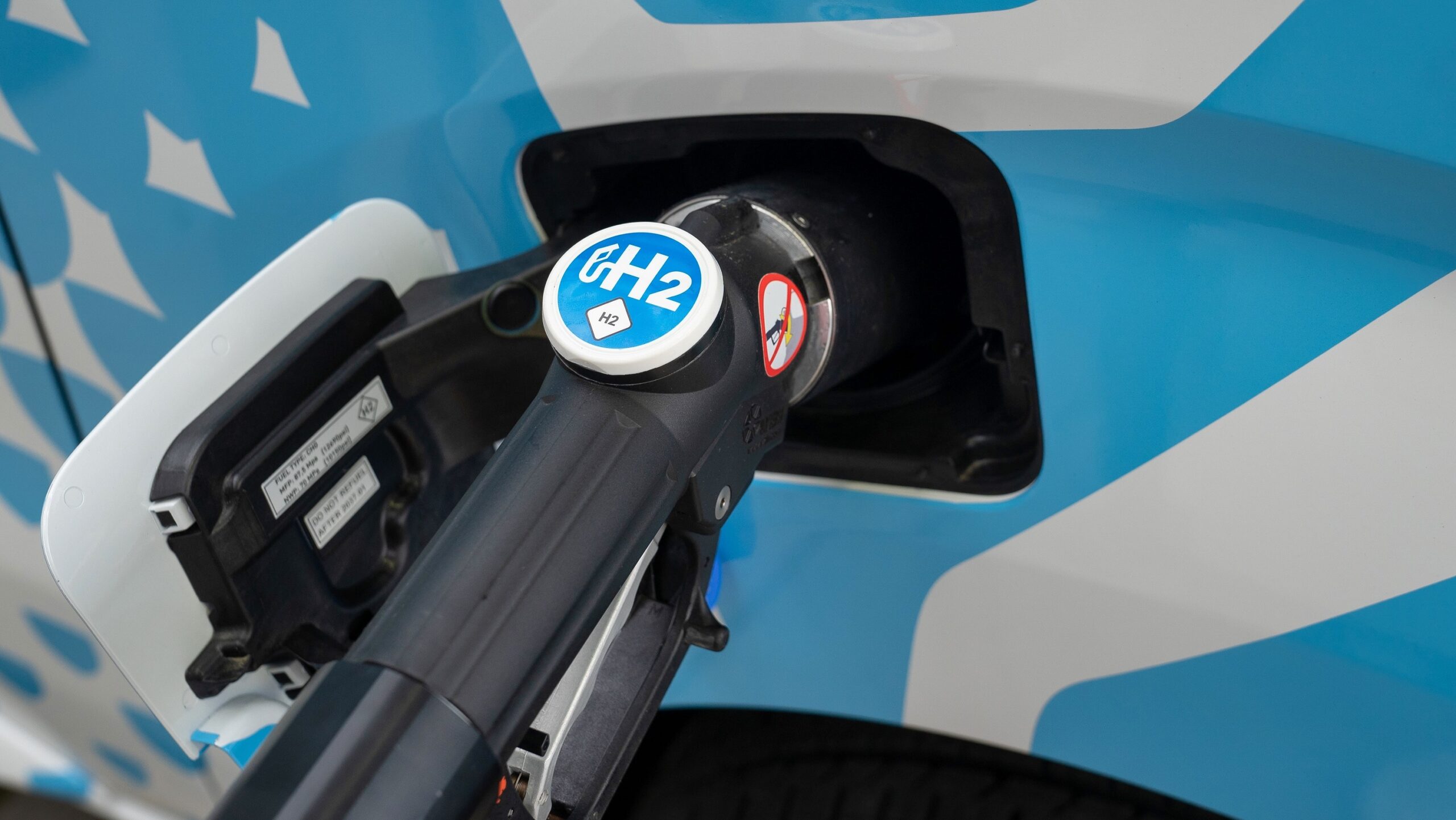
Hydrogen is becoming a major pillar of the energy transition. A plethora of international projects have been announced, particularly in Europe, and the ecosystem is developing thanks to numerous investments. An investment from the European Clean Hydrogen Alliance is estimated at around €60 billion ($63.2 billion). The hydrogen distribution network has been given a boost by several government plans and is constantly growing in Europe, and the Peugeot brand is working directly with energy suppliers to make package deals available.
The brand’s objective is clear: to invest in a new uncompromising mobility solution with zero CO2 emissions and to become the leader in hydrogen mobility. The hydrogen-powered fuel cell completely meets the most stringent requirements for emission-free mobility: it adapts to all uses – intensive, long distances, fast recharging, maximum useful volume – without emitting anything other than pure water, released as steam through its exhaust pipe.
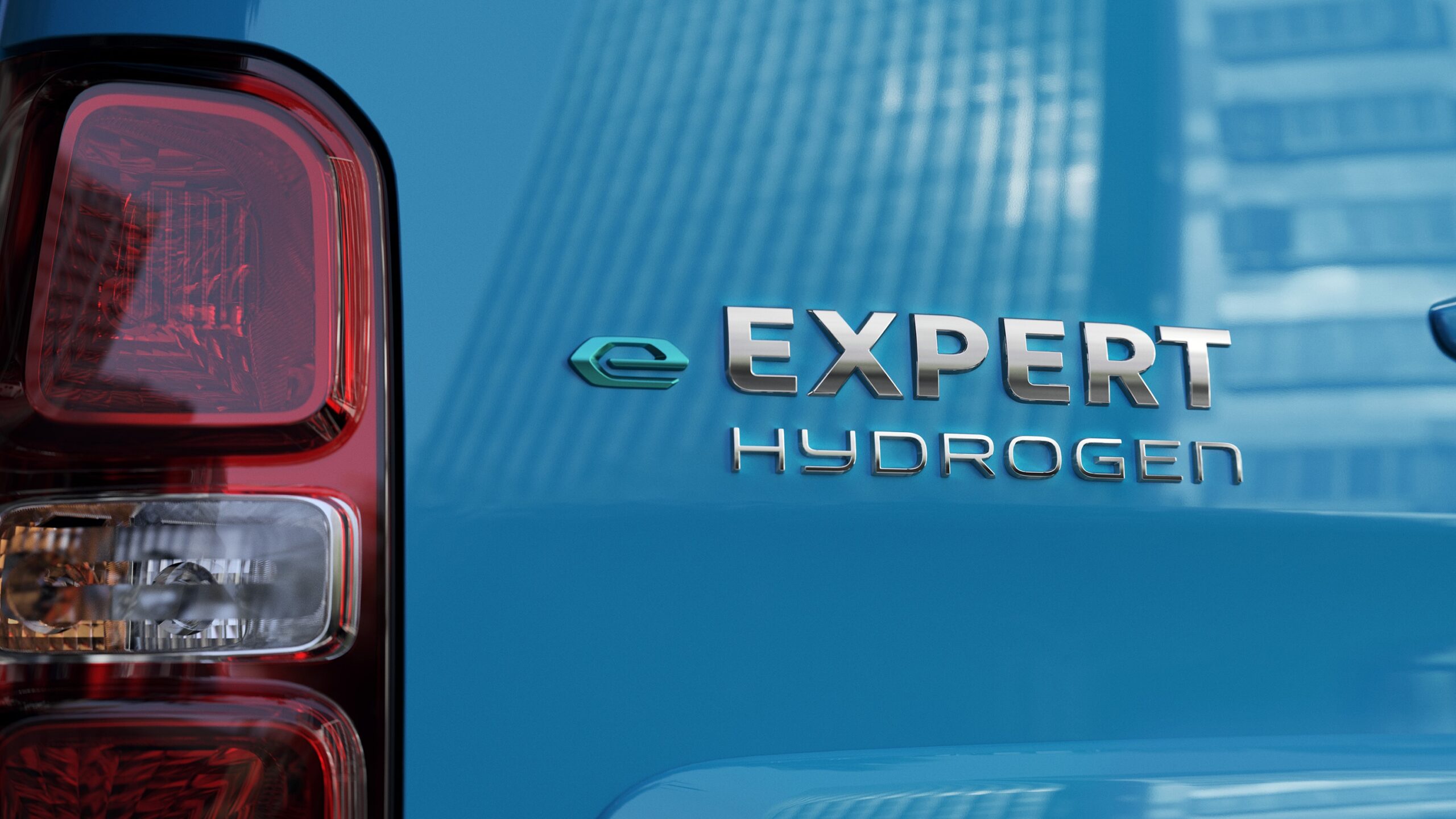
The Peugeot e-Expert Hydrogen uses a new generation called “next-gen e-Van hydrogen efficiency”. Based on the Efficient Modular Platform (EMP2) multi-energy platform, the Peugeot e-Expert Hydrogen is an all-electric vehicle, combining two on-board sources of electrical energy, thanks to Stellantis’ innovative “mid-power plug-in hydrogen fuel cell electric” system: the system combines a battery that can be recharged from the main with the fuel cell-powered by hydrogen contained in the canisters under the vehicle’s floor. The Peugeot e-Expert Hydrogen benefits from all the advantages of hydrogen, battery technology, and electric traction.
The fuel cell is produced in partnership with Symbio. Peugeot is working with Symbio for the supply of its hydrogen fuel cells, which are produced in its Vénissieux plant in the Lyon suburbs.
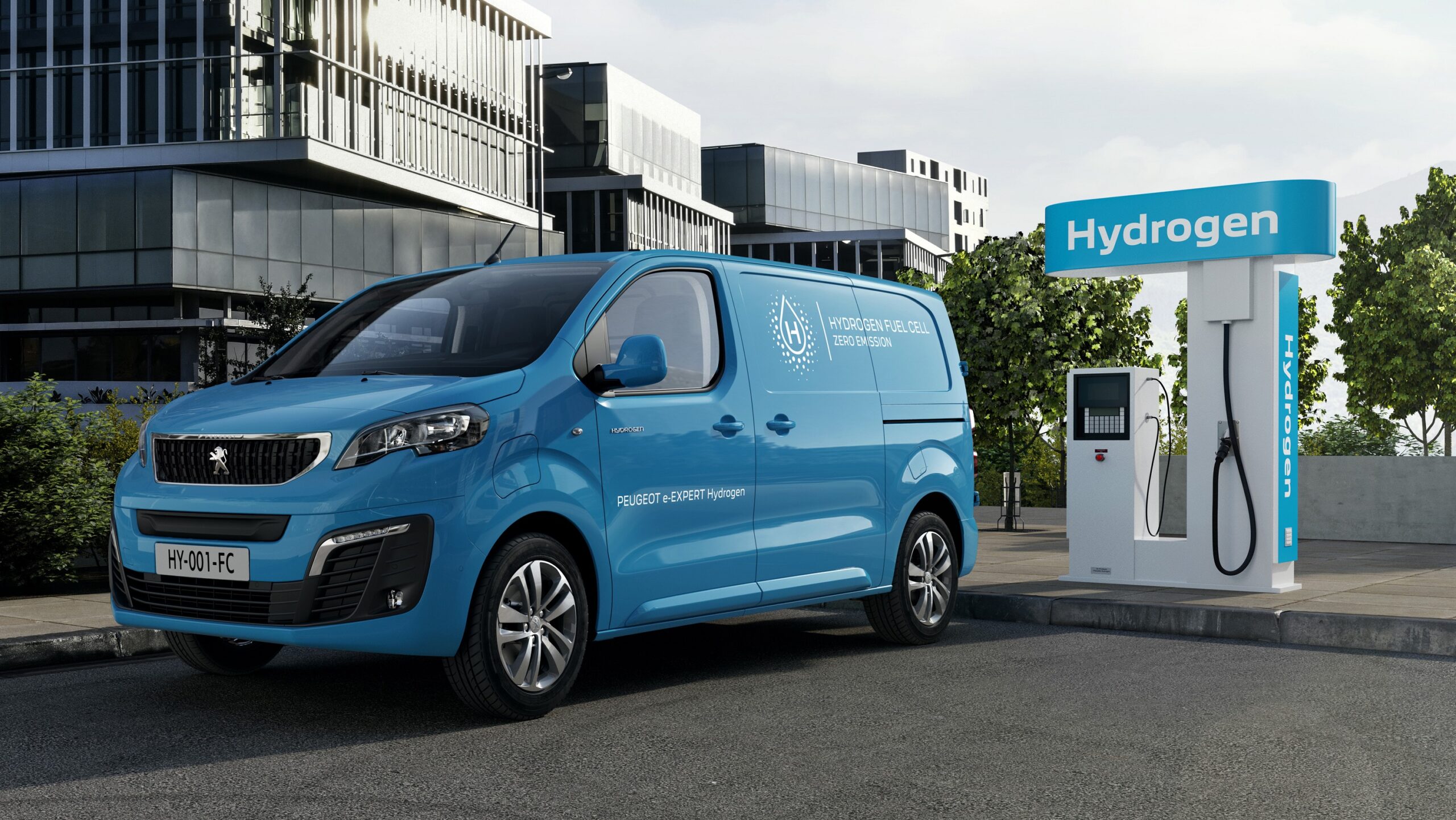
The fuel cell is an assembly of several superimposed current-generating cells. It is their assembly that creates a “battery”. A cell allows a chemical reaction between two elements: hydrogen (the fuel, contained in the tanks) and oxygen (contained in the ambient air). The cell assembles several cells to generate the power needed to drive the vehicle by supplying the electric engine.
This technology is guaranteed to have zero CO2 emissions thanks to a reaction that generates an electric current while releasing only water. The reaction produced in a cell is as follows:
- Hydrogen + Oxygen → Electricity + Water + Heat = 2 H2 + O2 → 2 H2O.
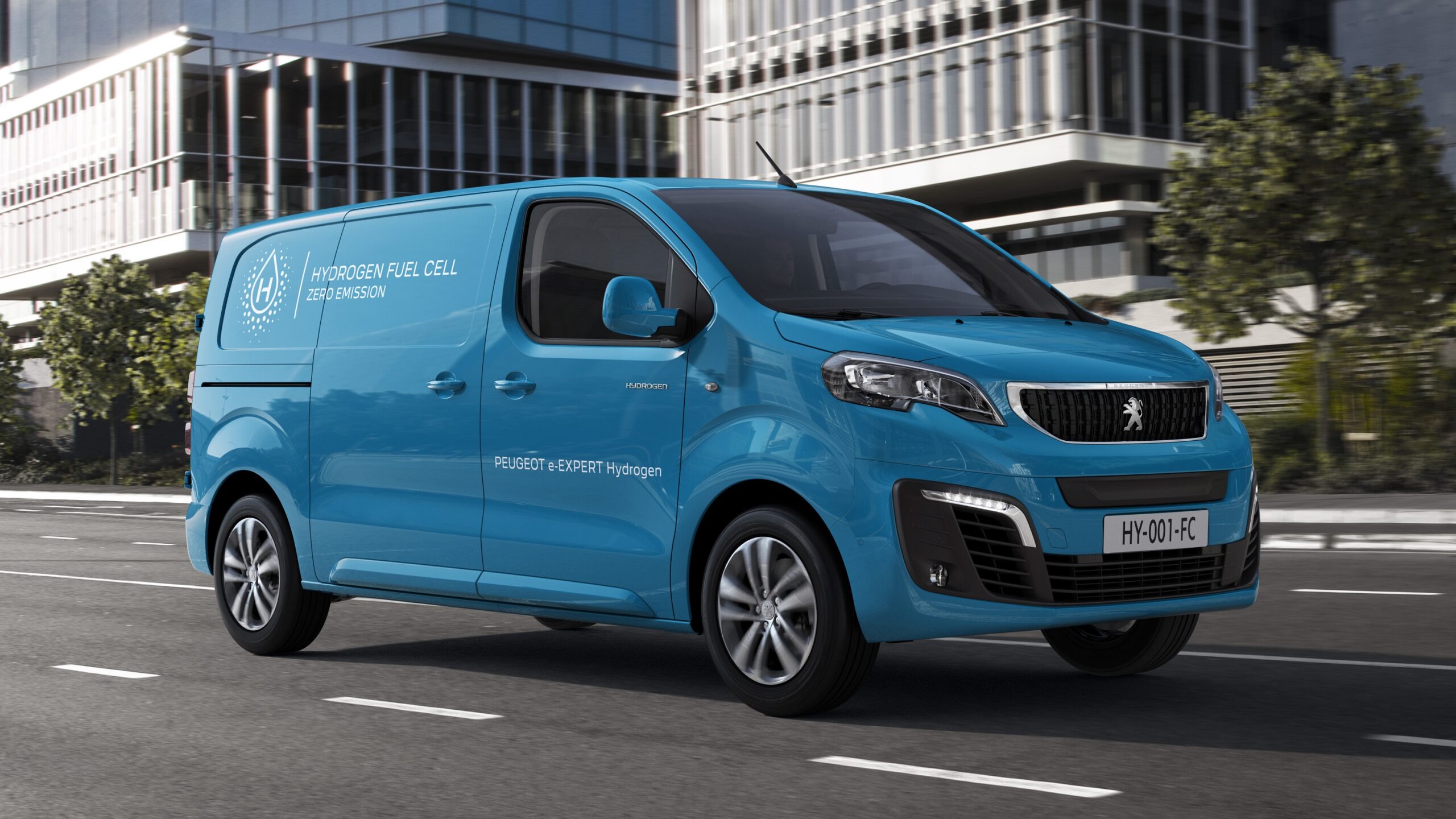
The Peugeot e-Expert Hydrogen’s fuel cell is supplied by a tank made up of 3 canisters with a capacity of 4.4 kg (2.2 lbs) of hydrogen under 700 bars of pressure. The tank is located under the rear floor and does not encroach on the vehicle’s load space.
The fuel cell is combined with a rechargeable lithium-ion battery with a capacity of 10.5 kWh and a power output of 90 kW. It is located under the seats and also supplies the electric engine during some of the driving phases. An on-board three-phase 11 kW charger, located in the engine compartment, is used to power it.
These two energy sources work together to power a permanent magnet electric engine with a power of 100 kW (134 horsepower) and 260 Nm (192 lb.-ft.) of torque. Located on the front axle, this electric drivetrain is similar to that of the Peugeot e-Expert BEV (Battery-Electric Vehicle), which namely stands out thanks to a transmission adapted to the loading constraints typical of utility vehicles.
Peugeot is introducing fuel cell technology into its range in order to offer a solution that meets the need for new zero-emission mobility as well as the needs of a wide range of customers.
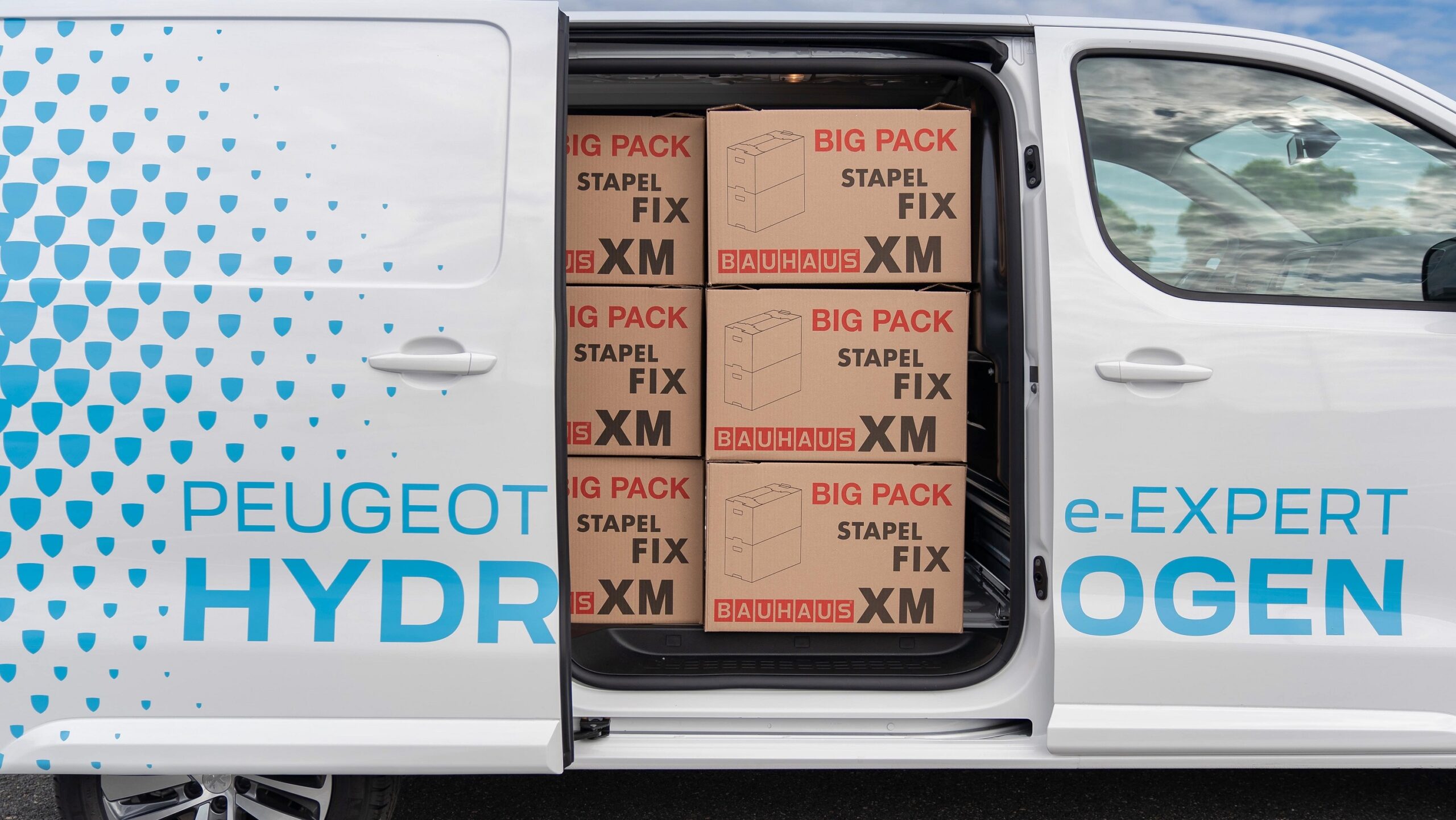
The Peugeot e-Expert’s hydrogen technology is characterized by:
- Its ability to cover all distances with 100% electric technology, with no local CO2 emissions.
- Its ability to fill up with hydrogen in 3 minutes for more than 400 km of autonomy in the WLTP homologation cycle (currently being homologated),
- No more noise pollution.
- Driving pleasure typical of electric vehicles: high torque from the start in the stopped position, 0 smell, 0 vibrations, 0 gear change.
- The vehicle has the same load volume characteristics as the diesel and BEV versions.
- Up to 6.1m³ load volume,
- Up to 1100 kg (2425 lbs) payload,
- Up to 1000 kg (2200 lbs) towing capacity.
Combining electric propulsion with the ability to refuel in 3 minutes for a range of 400 km (250 miles) WLTP, hydrogen fuel cell technology is the answer to the ever-increasing and complex needs and uses of professionals.
Fuel cell technology also gives them greater freedom to carry out their activities, since it provides:
- Greater autonomy, which is crucial given that the vast majority of compact vans operate in suburban areas and densely populated city centers, where the need for zero-emission solutions is becoming more pressing,
- The full preservation of one of the core functions of light commercial vehicles: transporting large and heavy objects.
- Unprecedented logistical flexibility and optimized usage.
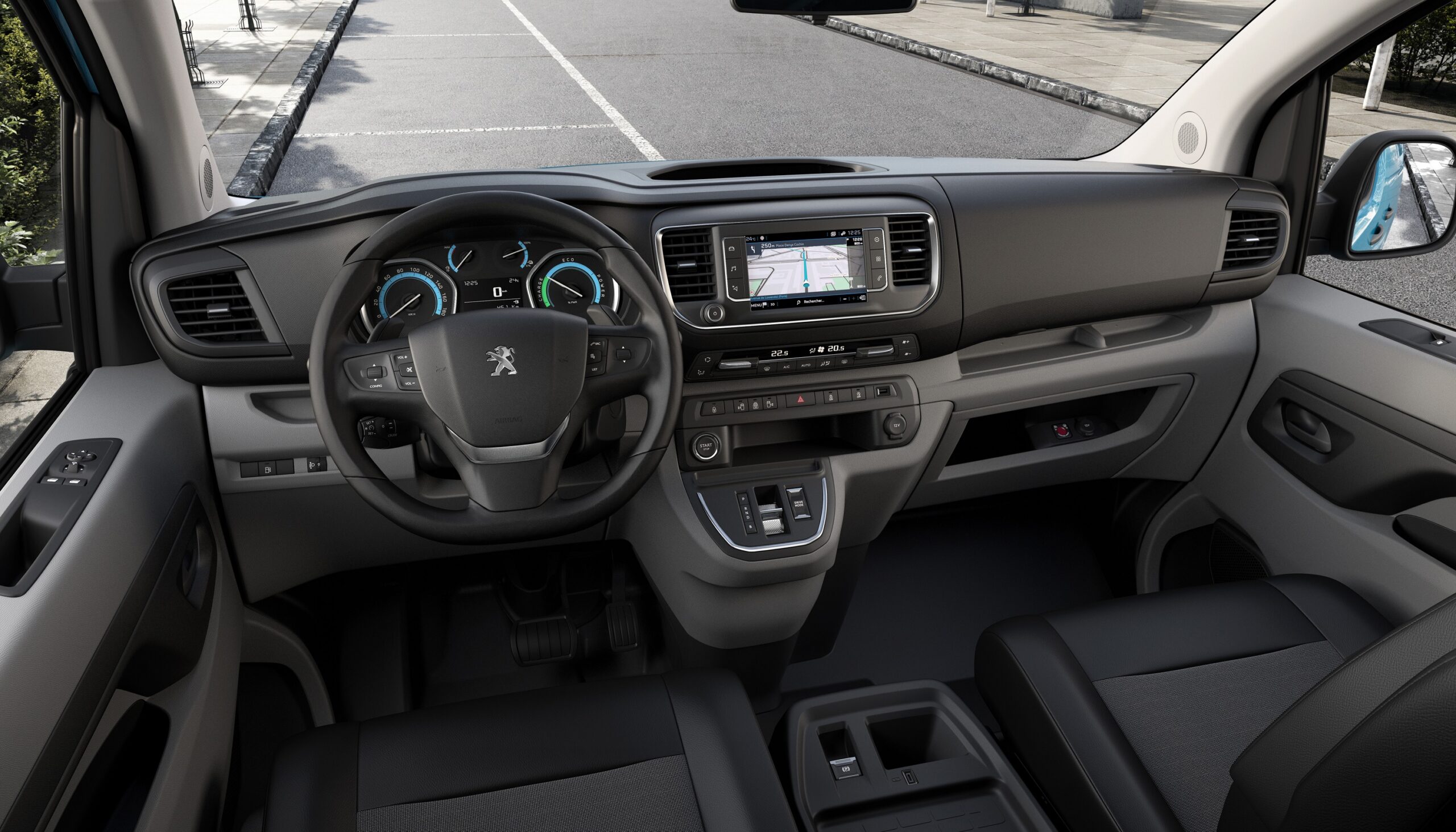
The “mid-power plug-in hydrogen fuel cell electric” system has different operating phases:
- At start-up and at low speed: the high-voltage battery alone provides the electric engine with the power required for traction,
- At steady speed: the fuel cell supplies the energy directly to the electric engine,
- During acceleration, overtaking, or hill climbing: the fuel cell and the high-voltage battery are combined to supply energy to the electric engine,
- During braking and deceleration: the electric engine recharges the high-voltage battery.
Power is available from the moment the car is started with immediate responsiveness, with no vibration, no noise, no gear shifts, no odor, and of course, no CO2 emissions. Water vapor from the exhaust pipe is the only emission from the system.

To ensure pedestrian safety in town and up to 30 km/h (18.5 mph), a sound signal is heard to warn of the presence of the vehicle in forward and reverse gear.
The high-voltage battery is guaranteed for 8 years or 160,000 km (99,420 miles), so that users can enjoy their vehicle with complete peace of mind.
We think hydrogen-electric could be a much better alternative than the battery-electric direction most automakers are going. If you remember, we recently said that for the North American market the Ram brand would be more than likely releasing a hydrogen-powered Cummins engine for its Heavy Duty offerings by the end of the decade.

